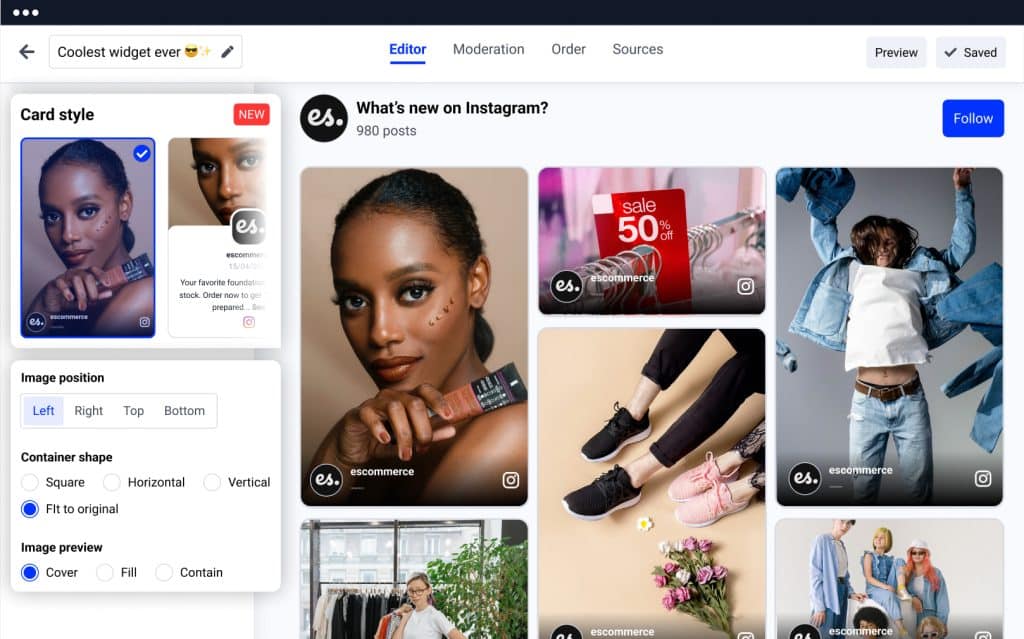Content Creator Economy

The content creator economy has exploded in recent years, thanks to the democratization of digital platforms and the ease with which individuals can share their creativity with the world.
This term broadly refers to an industry where independent creators use digital platforms like YouTube, TikTok, Instagram, and Patreon to produce content, engage with audiences, and monetize their work.
More than just a passing trend, the creator economy is reshaping how we consume media, advertise, and even work. It’s an ecosystem where individuals can build personal brands, earn a living, and, in some cases, achieve stardom through creativity and engagement.
What is the Content Creator Economy?
The content creator economy encompasses a wide range of industries, from social media influencers and video creators to bloggers, podcasters, and independent artists.
In this economy, individuals create content on various platforms to engage with audiences and monetize through different revenue streams. These revenue streams can include brand partnerships, ads, sponsored content, affiliate marketing, or direct fan support via platforms like Patreon.
As this space continues to grow, the tools and platforms creators use have become more sophisticated, allowing for deeper audience engagement and more ways to earn income.
Why Has the Content Creator Economy Grown So Quickly?
Several contributing factors have led to the rapid rise of the creator economy over the years:
Content Creator Economy: Accessibility of Platforms
Platforms like YouTube, Instagram, and TikTok are free and easy to use, providing opportunities for anyone with an internet connection to share content.
Content Creator Economy: Desire for Authenticity
Audiences are drawn to creators who present authentic and relatable content, a stark contrast to traditional media.
Content Creator Economy: Multiple Monetization Avenues
Creators can monetize through ads, sponsorships, direct donations, merchandise, and more. This financial freedom has made content creation a viable full-time career for many.
Content Creator Economy: Shift in Consumer Behavior
More people are consuming content online, and social media creators have become trusted sources for information, entertainment, and product recommendations.
Types of Content Creators
Not all content creators operate the same way. There are various types of creators, each with its own focus and method of engaging with audiences. Listed below are some of the most common types:
Video Creators
Platforms like YouTube and TikTok have made video content one of the most popular forms of online media. Creators produce everything from vlogs and tutorials to skits and educational content.
Social Media Influencers
These creators build large followings on platforms like Instagram and Twitter, where they share lifestyle, fashion, fitness, and other personal content. Brands often partner with these influencers to promote products.
Podcasters
Audio content is another growing segment of the creator economy. Podcasters create talk shows, interviews, or storytelling content, often monetizing through sponsorships and listener donations.
Writers/Bloggers
Writing-based creators maintain blogs or newsletters, sharing insights, tips, and stories. They often earn income through affiliate marketing, sponsored posts, or selling digital products like eBooks.
Each type of creator uses different platforms and strategies but shares a common goal: engaging with an audience and building a personal brand.
How Do Content Creators Make Money?
The ability to turn content creation into a career largely depends on monetization. There are multiple ways for creators to make money in the content creator economy, allowing them to choose the method that best aligns with their audience and content type.
1. Advertising Revenue
Platforms like YouTube, Facebook, and Twitch offer advertising programs where creators earn money based on ad views. For example, YouTube’s AdSense pays creators a percentage of the ad revenue generated from views on their videos.
While ad revenue is one of the most common forms of monetization, it is highly dependent on the number of views or subscribers a creator has.
2. Sponsored Content and Brand Deals
As content creators build audiences, they often partner with brands for sponsored content. Brands pay creators to promote their products or services to the creator’s audience.
This method can be highly lucrative, especially for creators with large followings and high engagement rates. Sponsored content can come in many forms, including product placements, dedicated posts, or mentions in a video or article.
3. Fan Funding and Crowdfunding
Platforms like Patreon, Ko-fi, and Buy Me a Coffee allow creators to earn money directly from their fans. Followers can make one-time donations or sign up for monthly memberships in exchange for exclusive content or perks.
Crowdfunding sites like Kickstarter also enable creators to raise funds for specific projects, offering backers rewards or access to exclusive content in return.
4. Merchandise Sales
Some creators expand their brand by selling merchandise like clothing, accessories, or digital products. This avenue provides an additional income stream and helps creators build a personal brand.
Platforms like Shopify, Redbubble, and Teespring make it easy for creators to set up online stores and sell products directly to their audience.
5. Affiliate Marketing
Affiliate marketing allows creators to earn commissions by promoting products or services and sharing affiliate links with their followers. Whenever someone purchases through one of these links, the creator earns a percentage of the sale.
This method works well for creators who regularly recommend products or services to their audience, such as bloggers or social media influencers.
Challenges Faced by Content Creators
While the creator economy offers many opportunities, it also comes with its challenges. Some common obstacles include:
Content Creator Economy: Unstable Income
One of the biggest challenges for creators is the unpredictability of income. Ad revenue can fluctuate based on seasonality or changes in platform algorithms, and brand deals may not be consistent. This makes it difficult for creators to rely on a steady paycheck.
Content Creator Economy: Burnout and Mental Health
Creating content regularly requires time, energy, and creativity. Many creators experience burnout from the pressure to produce content continuously. Additionally, creators are often subject to online criticism and scrutiny, which can take a toll on mental health.
Content Creator Economy: Platform Dependency
Most creators rely on one or two platforms for their audience and income, leaving them vulnerable to changes in algorithms, policies, or monetization structures. For example, a sudden algorithm change could drastically reduce the visibility of a creator’s content, impacting their income.
Content Creator Economy: Competition and Saturation
It is no longer news that as more creators enter the economy, competition sets in. It can be challenging for new creators to stand out in a saturated market, especially on platforms like YouTube or Instagram, where millions of creators are vying for attention.
What is the Future of the Creator Economy?
The creator economy is still in its infancy, but it shows no signs of slowing down. As digital platforms continue to grow, creators will likely see more opportunities to engage with their audiences and monetize their content.
Content Creator Economy: More Tools for Monetization
Platforms are increasingly providing tools to help creators earn money. For instance, YouTube has introduced features like Super Chat and channel memberships, while Instagram has rolled out branded content tools and shopping features.
As these platforms continue to invest in creators, the ways to monetize content will only expand.
Content Creator Economy: Increased Professionalization
Many creators are evolving from hobbyists into professional entrepreneurs. With this shift, we’re seeing the rise of creator-led businesses, agencies, and even collectives where creators collaborate on content, products, and services.
As the economy grows, creators may need to adopt more formal business practices like accounting, marketing, and project management to stay competitive.
Content Creator Economy: NFTs and Blockchain Technology
The integration of blockchain technology and NFTs (non-fungible tokens) into the creator economy opens up new possibilities for ownership and monetization.
Creators can sell unique digital assets, allowing fans to invest directly in their content. This technology also allows creators more control over their content and earnings, reducing dependency on traditional platforms.
Conclusion
The creator economy is changing the way people make money online, engage with their fans, and express their creativity. Today, there are numerous platforms, monetization strategies, ways of communicating with followers, and many other opportunities for creators.
Nevertheless, like all developing economies, this one also has some obstacles especially in relation to income security, over-reliance on certain platforms, and the stress associated with content creation.
Despite those setbacks, the creator economy is an important force that is transforming work, media, and entertainment as we know it today, giving people unusual freedom in how they work and create.







Responses